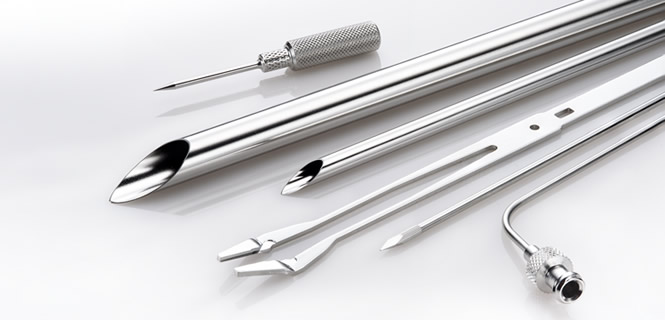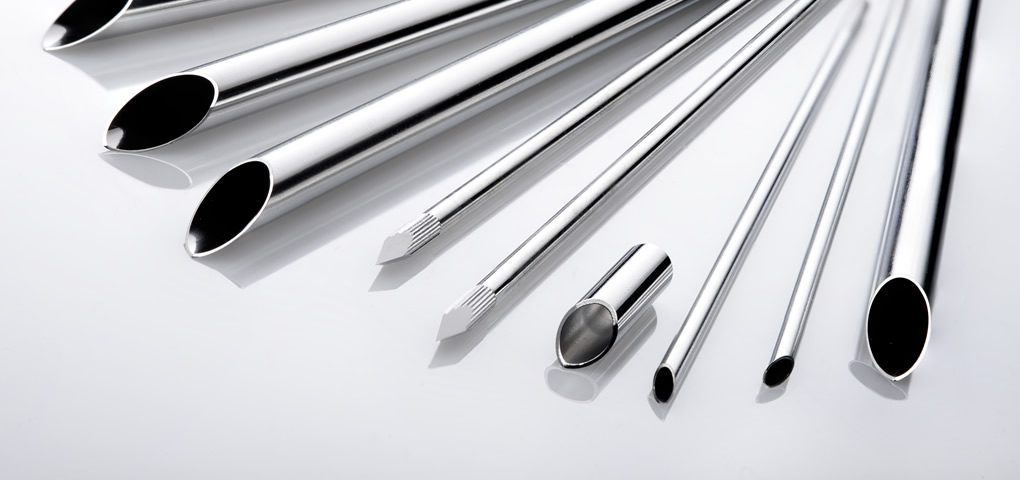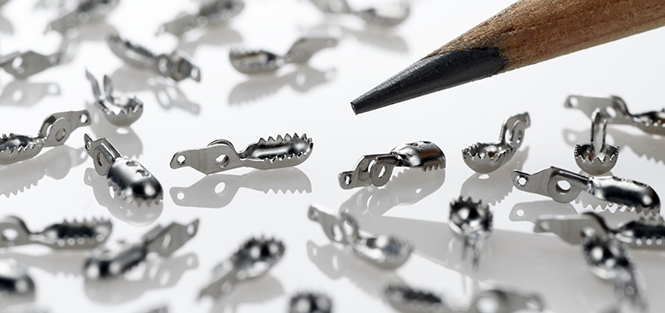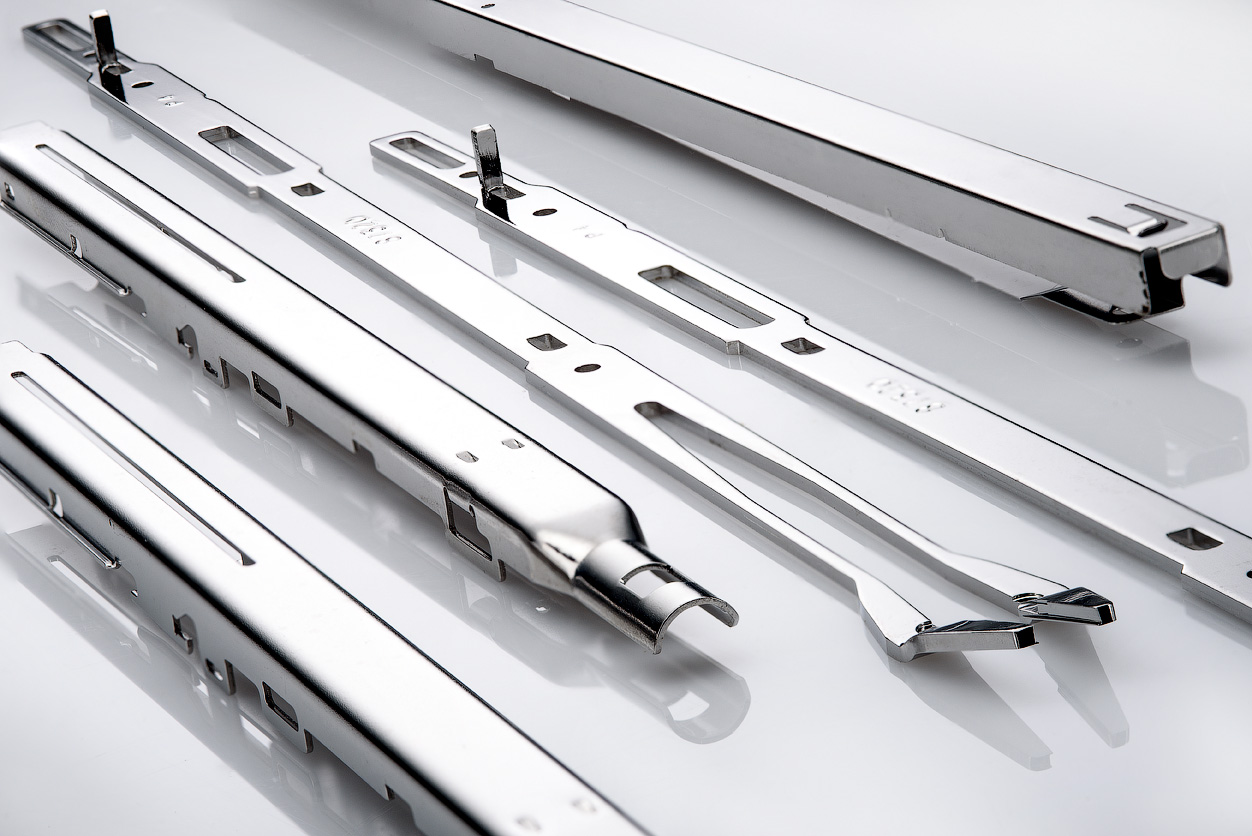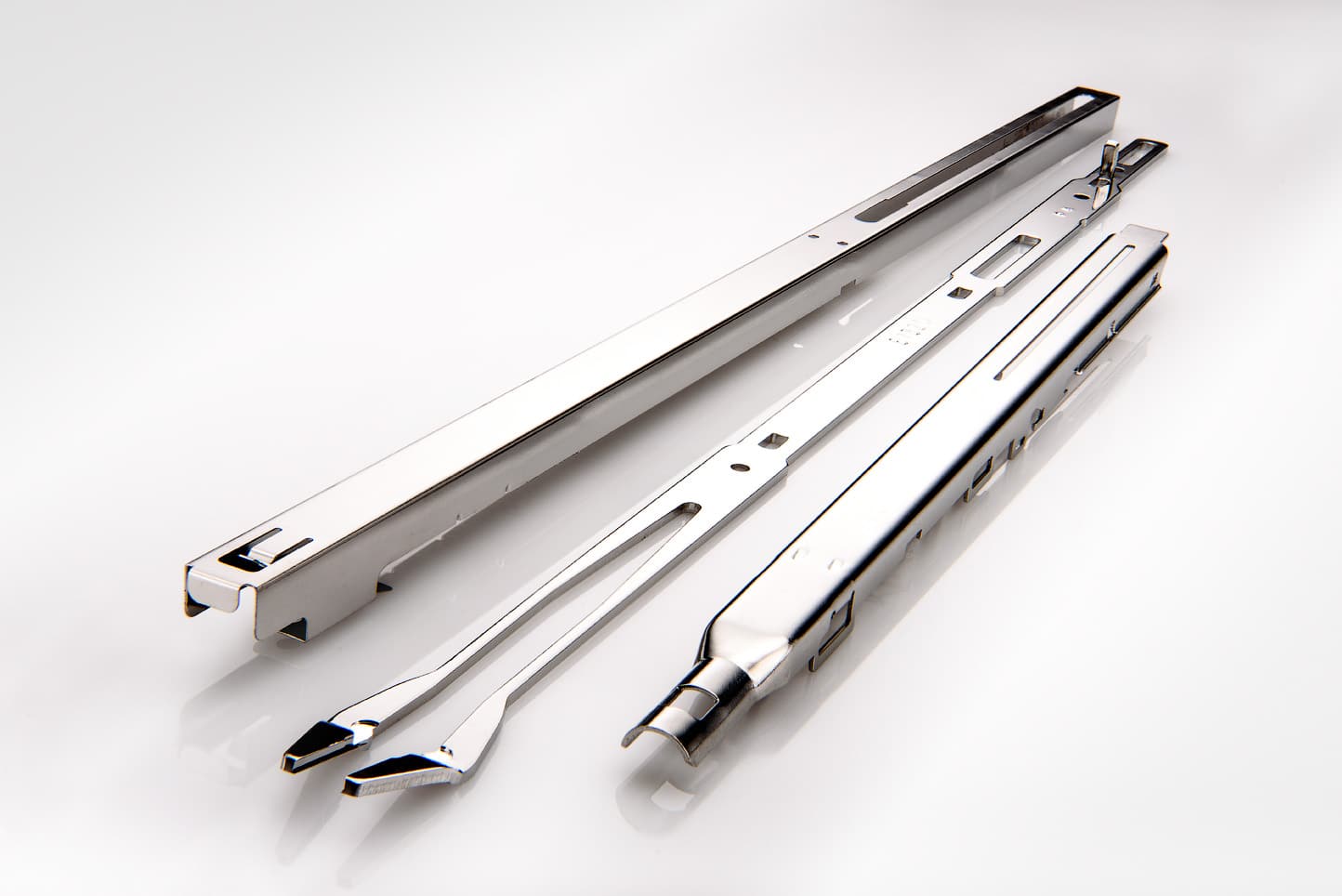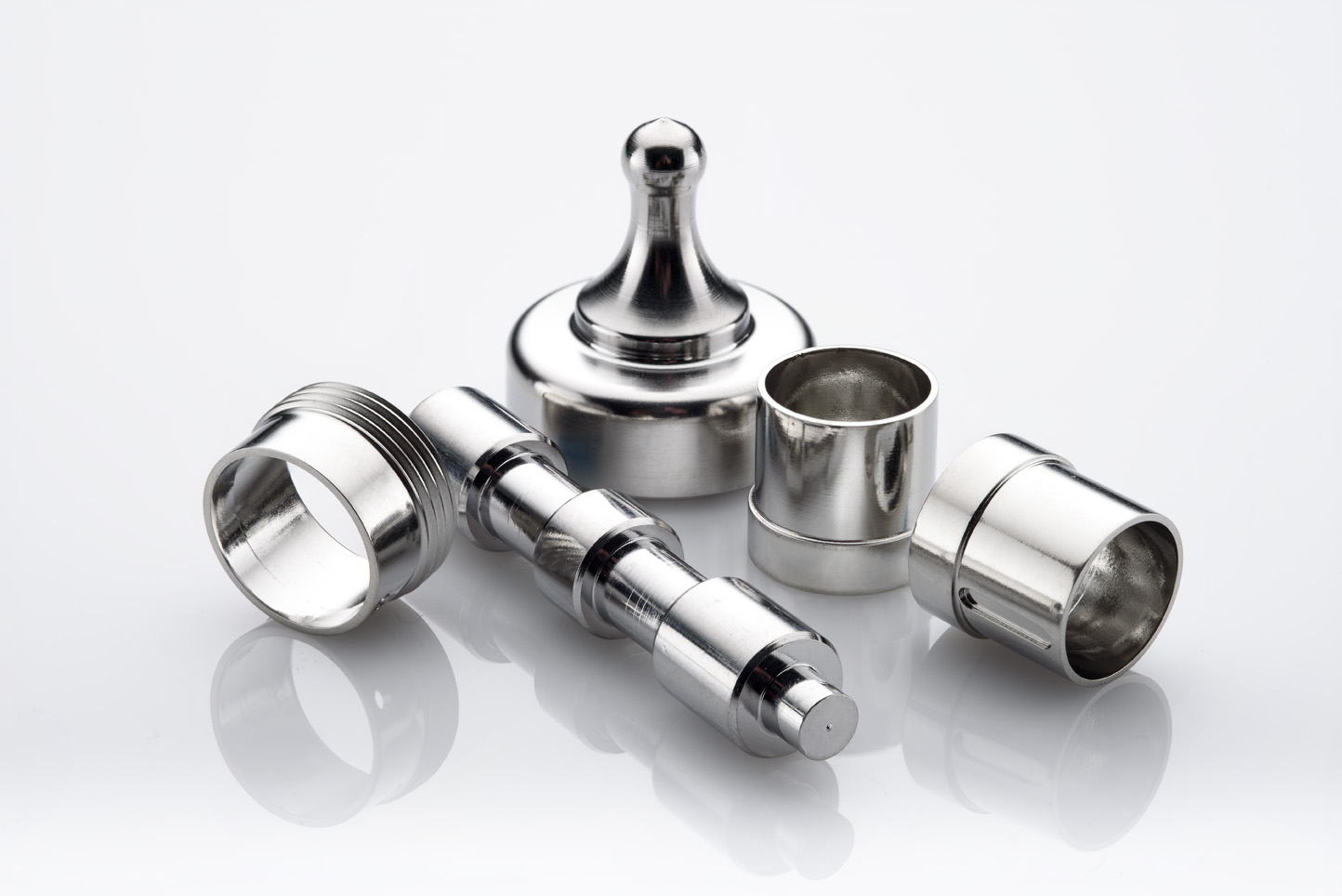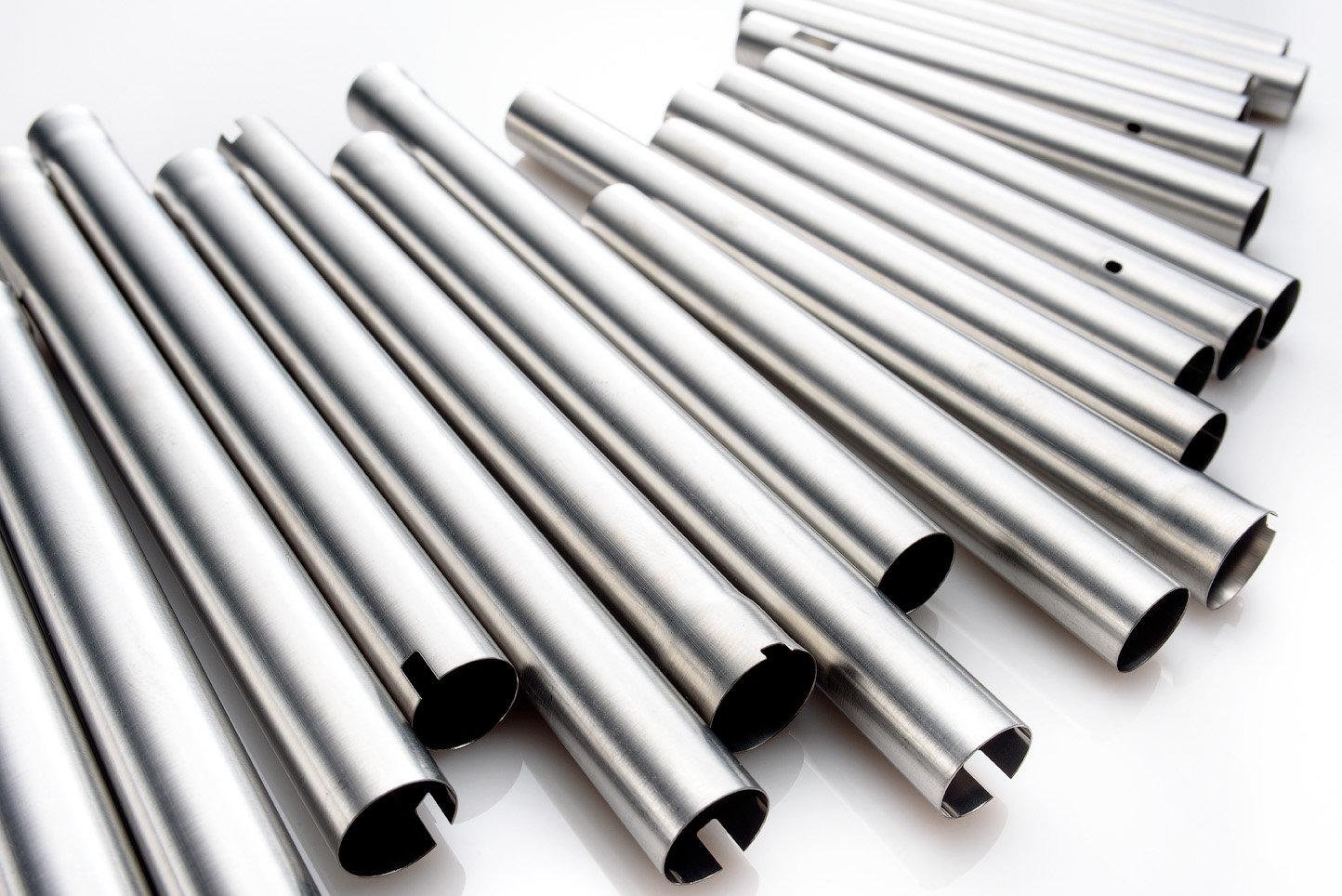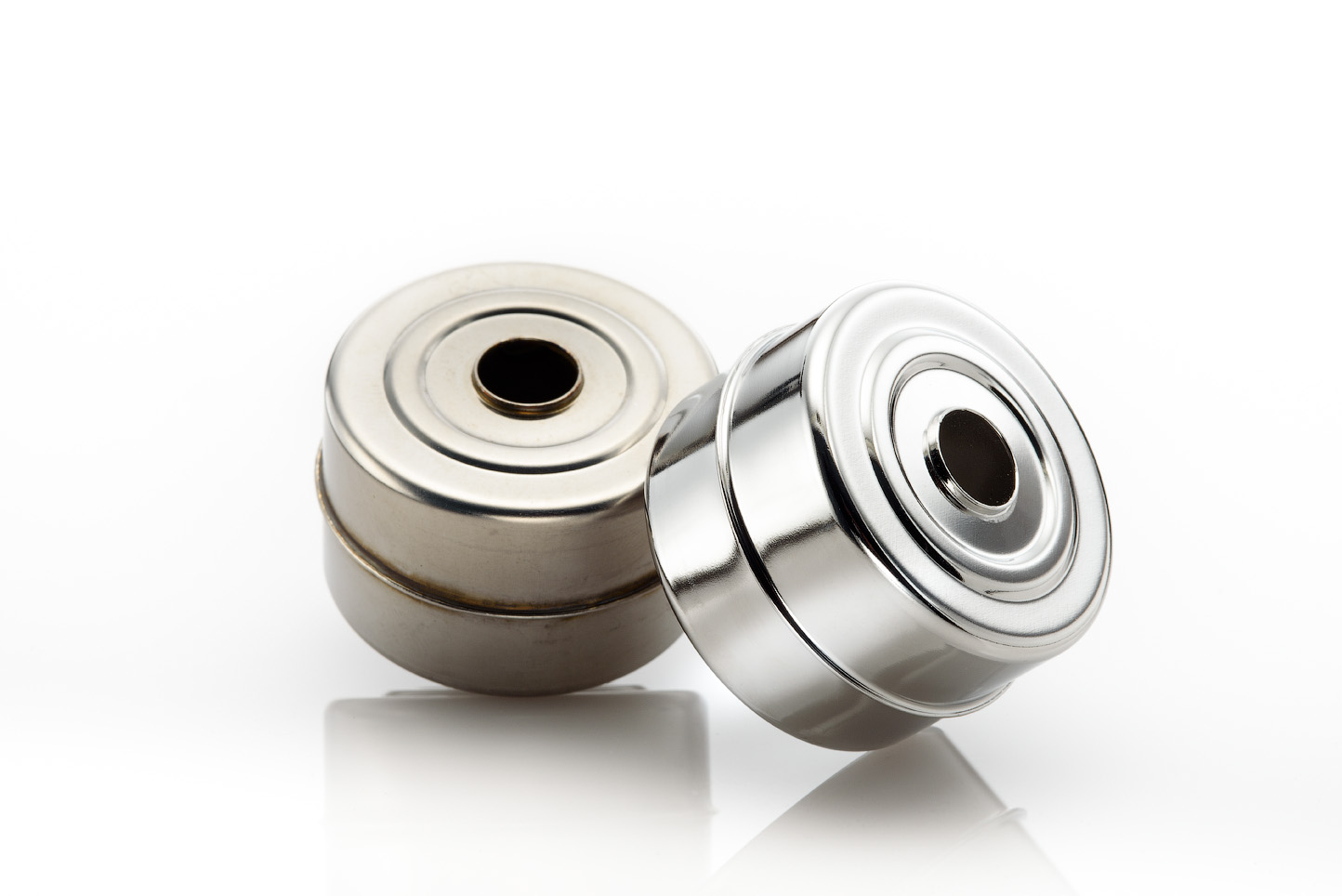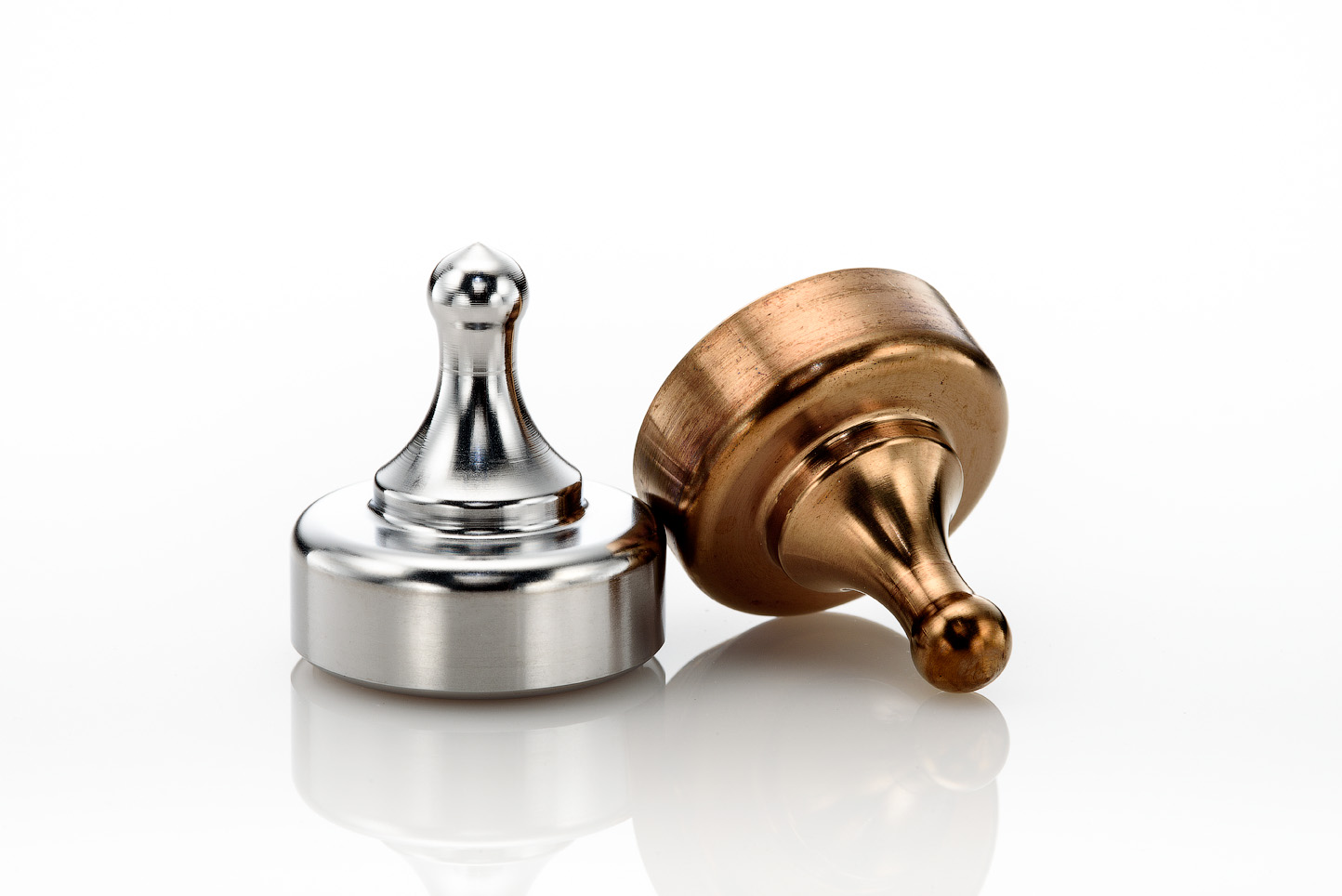What is ASTM A967?
ASTM A967 is an industry standard specification for the chemical passivation treatments for Stainless Steel parts, these standards apply to the passivation, cleaning and testing of Stainless Steel parts which help industries to ensure safe and reliable passivation services using nitric acid immersion, citric acid immersion and Electropolishing.
Who is ASTM?
ASTM is the American Society for Testing and Materials. ASTM International offers global access to fully transparent standards development for industry with over 12,500 global ASTM standards, 30,000 + volunteer members with over 140 participating countries. Their focus is to promote public health and safety through leadership in the standards community, attract and retain technical experts from around the world to enhance the technical quality of standards and related content.
ASTM A967 Specifications
Some of the key elements of the ASTM A967 standard involve the chemical passivation treatments themselves as well as the processes to be utilized upon the removal from the passivating solution and the inspection of the Stainless Steel parts. Passivated parts shall exhibit a chemically clean surface and shall on visual inspection show no etching, pitting or frosting. A series of tests shall then be performed on the stainless-steel parts including a water immersion test, high humidity test, salt spray test, copper sulfate test, potassium ferricyanide-nitric acid test, damp cloth test and boiling water immersion test. A free iron test will then be performed to detect any free iron on the surface of the stainless steel.
Why the ASTM A967 Standard Matters
The ASTM A967 as well as other industry standards help to ensure consistent quality and give manufacturers peace of mind knowing that their metal finisher has the proper certifications and validations in place at their facilities. New England Electropolishing undergoes periodic testing by an independent laboratory for meeting the requirements of ASTM A967 & ASTM B912.
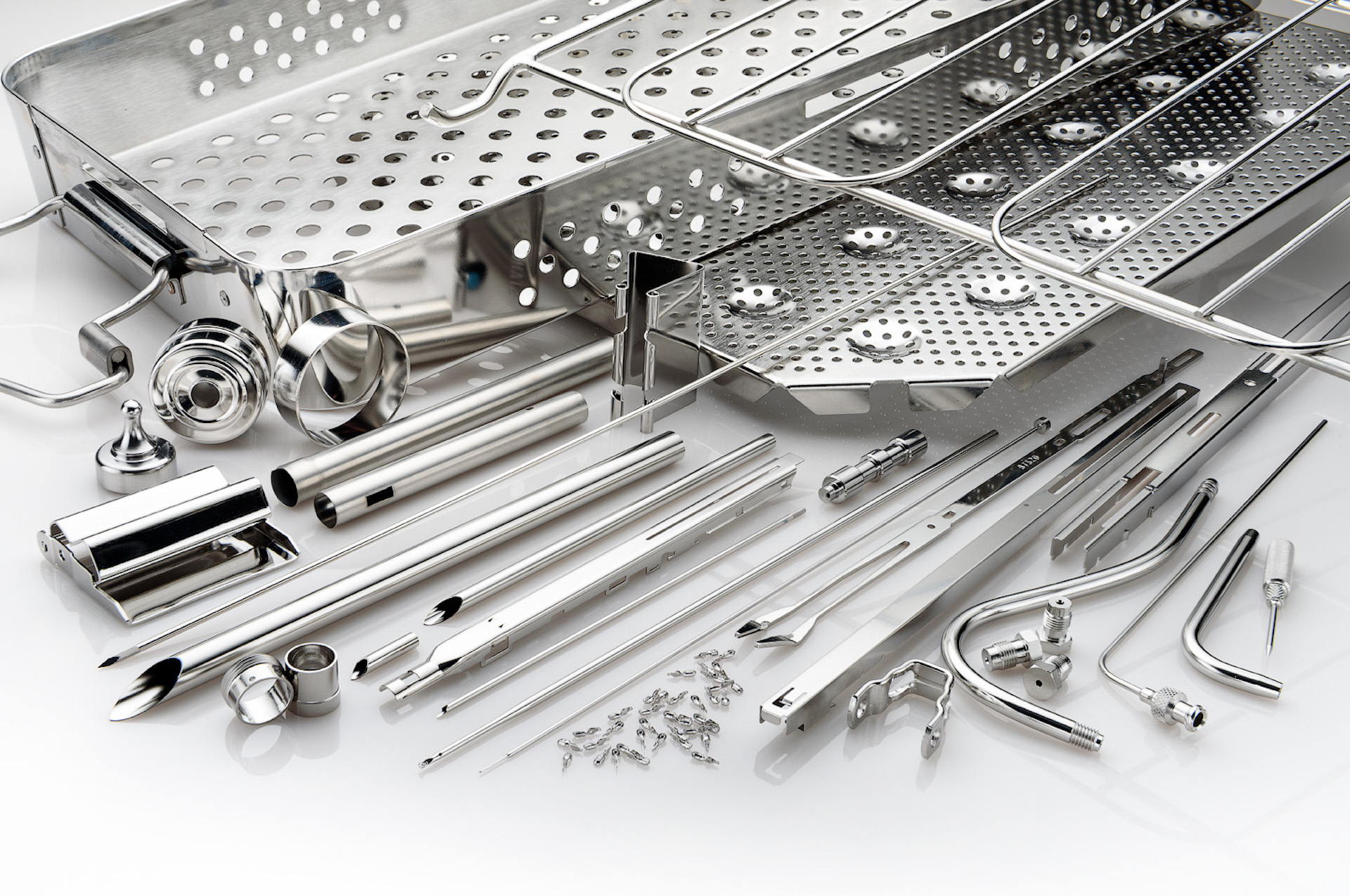
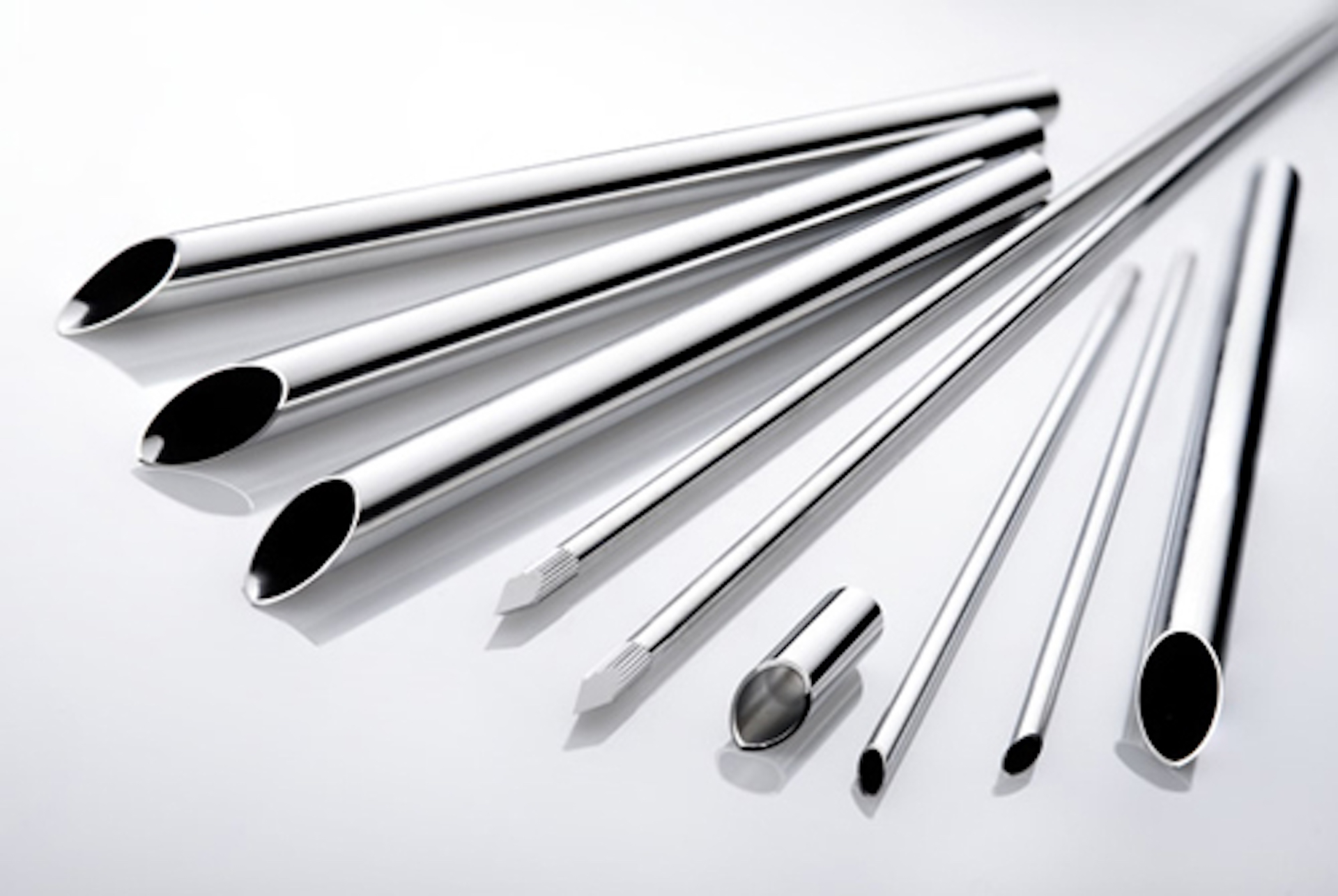
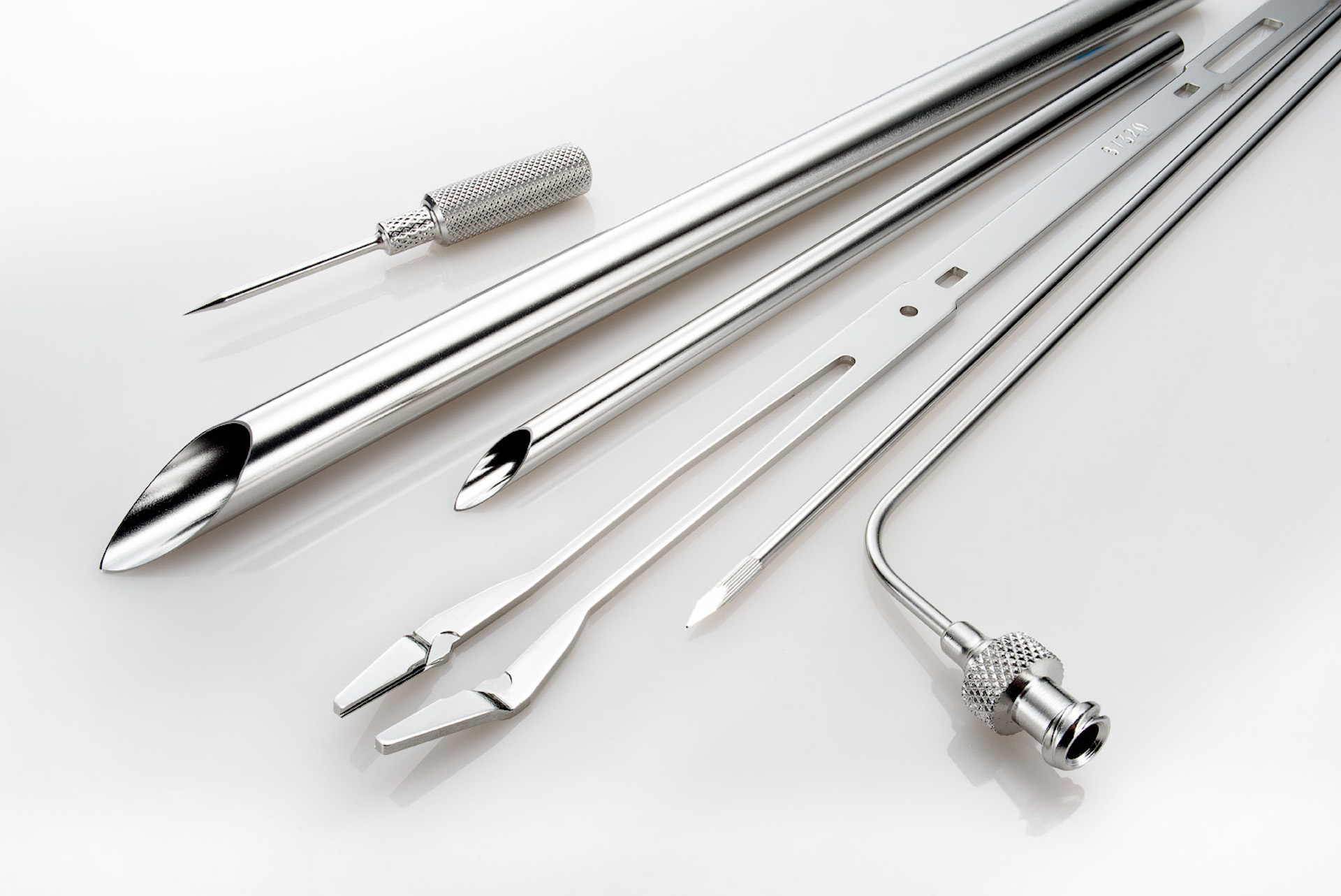
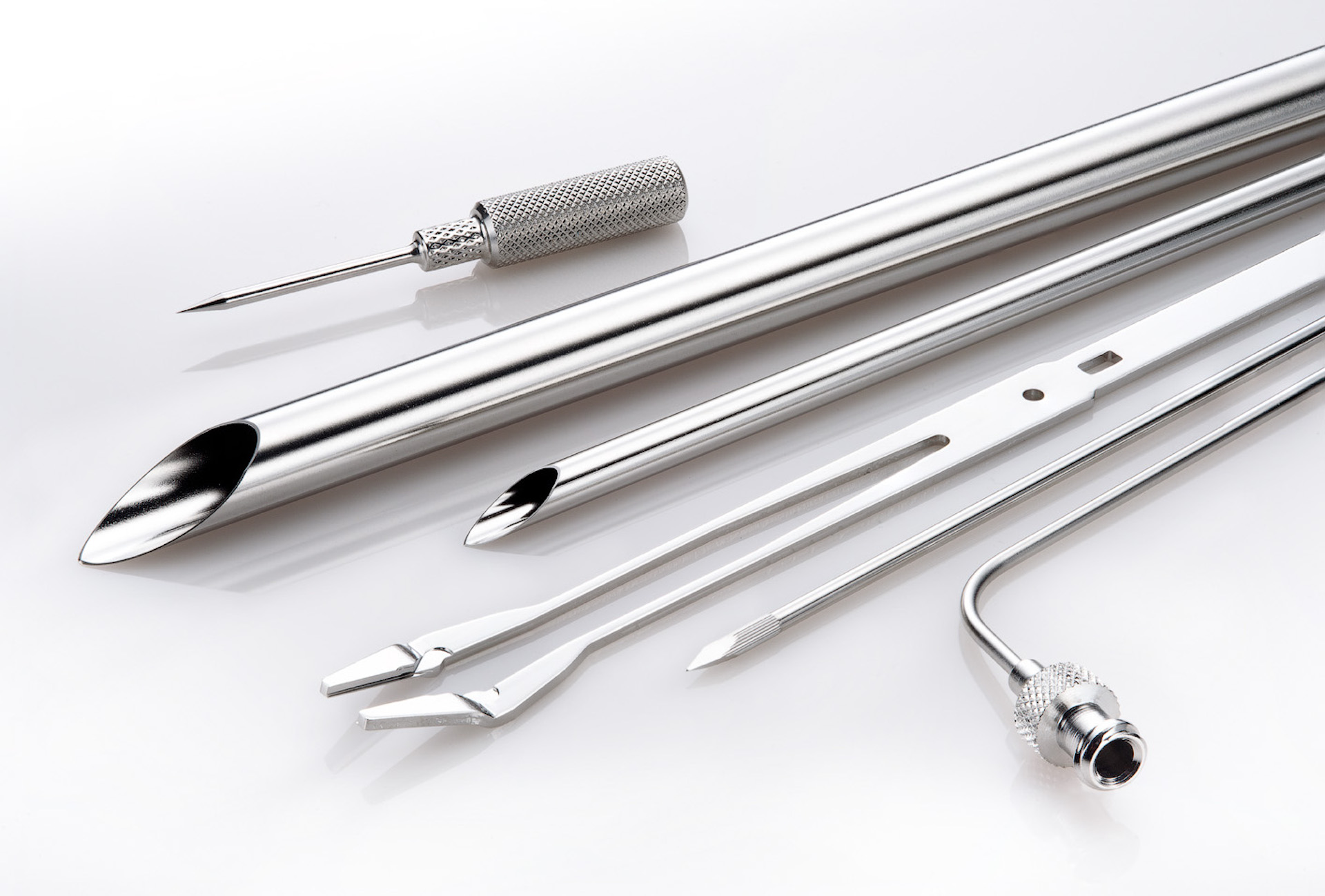
ASTM A967
ASTM A967 plays a pivotal role in ensuring the quality and safety of stainless steel products by providing standardized guidelines for passivation processes. As a critical component of corrosion resistance, ASTM A967’s meticulous specifications contribute to the longevity and reliability of stainless steel in various applications, safeguarding against degradation and maintaining the integrity of structures and components over time.
Selecting an electropolisher who is ASTM A967 certified is paramount for achieving impeccable stainless steel finishes. This certification signifies adherence to rigorous industry standards, assuring optimal passivation processes that enhance corrosion resistance and durability. Entrusting your stainless steel projects to an ASTM A967 certified electropolisher guarantees not only a superior aesthetic appeal but also the long-term performance and reliability your applications demand.
Understanding ASTM A967: The Definitive Guide
ASTM A967 is a widely recognized standard established by the American Society for Testing and Materials (ASTM) that pertains to the chemical passivation of stainless steel. It outlines the specific methods, practices, and guidelines for passivating stainless steel components to enhance their corrosion resistance.
Key Components of ASTM A967
1. Passivation Process: ASTM A967 defines the passivation process as the removal of free iron or other foreign matter from the surface of stainless steel by means of a chemical treatment. This treatment encourages the formation of a passive oxide layer, strengthening the steel’s resistance to corrosion.
2. Testing Procedures: The standard delineates various testing procedures to evaluate the effectiveness of the passivation treatment. These tests ensure that the passivated stainless steel meets the specified criteria for corrosion resistance and surface cleanliness.
3. Material Specifications: ASTM A967 provides specific guidelines regarding the chemical composition, mechanical properties, and surface finish requirements for stainless steel parts intended for passivation.
Benefits of ASTM A967 Compliance
- Corrosion Resistance: Passivation per ASTM A967 significantly enhances the stainless steel’s ability to resist corrosion, thereby prolonging its lifespan.
- Improved Cleanliness: The process removes impurities and contaminants from the surface, ensuring a clean and smooth finish.
- Consistency and Quality: Adhering to ASTM A967 guarantees a standardized and reliable passivation process, ensuring consistent quality across stainless steel components.
Compliance and Certification
Ensuring compliance with ASTM A967 is crucial for industries relying on stainless steel components. Companies often seek certification to demonstrate their adherence to these standards, signifying their commitment to quality and reliability.
Partnering with NE Electropolishing for ASTM A967 Compliance
At NE Electropolishing, we understand the importance of ASTM standards in the realm of stainless steel treatment. Our expertise aligns with ASTM A967 requirements, and we offer precision passivation services designed to meet and exceed industry standards.
Your Trusted Partner for Stainless Steel Treatment
Whether you require passivation for medical devices, laboratory equipment, aerospace components, marine hardware or other critical applications, New England Electropolishing stands ready to provide expert services compliant with ASTM A967.
Contact us today to learn more about ASTM A967 compliance and how our specialized services can enhance the durability and performance of your stainless steel components.
Does Electropolishing Prevent Corrosion?
“Electropolishing is an electrochemical process that enhances metal alloys resistance to corrosion. Electropolishing is used to clean, deburr and passivate metals by removing impurities from the surface left behind from manufacturing processes.”
Electropolishing Resources
What is Electropolishing?
Electropolishing is an electrochemical and reverse plating process that removes the outer layer of skin on a metal...
The Electropolishing Process
The electropolishing process is initiated by immersing a metal part into a temperature-controlled bath of electrolyte...
How Much Material Does Electropolishing Remove?
Electropolishing, when done properly is a highly controllable process which removes as little as...
How Much Will Electropolishing Improve the Surface of my Part?
Ra and RMS are both representations of surface roughness. Ra is calculated as the roughness average of a surface’s...
What is ASTM B912?
ASTM B912 is an industry standard for the passivation of stainless steel alloys through electropolishing...
What is ASTM A967
ASTM A967 is an industry standard specification for the chemical passivation treatments for stainless...
